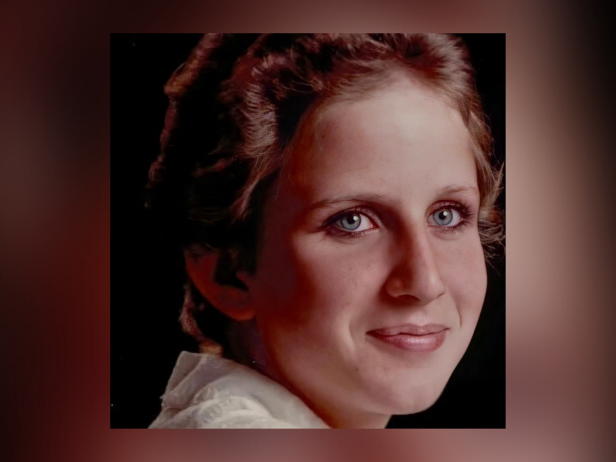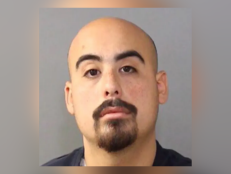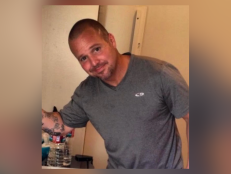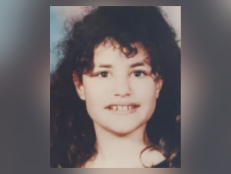Wendy Stephens, 14, Identified As ‘Green River Killer’ Gary Ridgway’s Youngest Known Victim
“How can anybody wrap their head around their daughter being killed by a serial killer?” the girl’s mother asks.

King County Sheriff's Office
Authorities in Washington believe the notorious serial killer Gary Ridgway was responsible for killing a 14-year-old girl whose remains were discovered in 1984 and only recently positively identified.
The King County Sheriff’s Office announced in January 2021 that “scientists and other professionals who employed the latest in emerging DNA and genealogical technologies” were able to give “Jane Doe B-10” a name: Wendy Marie Stephens.
According to the sheriff’s office, Stephens’ remains were found on March 21, 1984, in a swampy area near a baseball field in SeaTac, and she likely died over a year earlier.
Stephens, who ran away from her Denver-area home in 1983, was likely Ridgway’s youngest victim.
“How can anybody wrap their head around their daughter being killed by a serial killer?” the teenager’s mother, Cecile Gaspar, said of learning the news, The New York Times reported.
Gaspar recalled her daughter as a young girl was “everybody’s dream of a kid.”
Several years before Stephens ran away, she moved with her nurse mother and stepfather, Alan Hodde, to a Denver suburb and she quickly adjusted. “People weren’t strangers to her. Everybody was a potential friend,” Gaspar said of those happy years, but she added, “I was always afraid for her because she was that way.”
As time went on, Gaspar’s fears grew when her daughter started hanging around a new group of friends. “She was going through those rebellious ages,” Gaspar said. “She would just take off,” sometimes for weeks. “And there would be no forethought. She would leave in the winter without a coat.”
In the summer of 1983, Stephens left home and was gone a month, and when she came back, her mother said it was “just really strange” because the teenager acted “like nothing was wrong, nothing had taken place, she hadn’t been absent.”
According to Gaspar, her daughter told her at the time: “I don’t know why I do the things I do.”
Almost immediately after that conversation in August 1983, Stephens ran away and her family never heard from her again. “I was really afraid for her,” Gaspar said, “because she was so gregarious and because she had become so undependable. I didn’t know what to make of any of it.”
From late that summer through March of the following year, about 10 women vanished from around Seattle. Nearly 40 years later, Stephens would be identified as among those victims.
Ridgway, who became known as the “Green River Killer,” was most active in the Seattle area between 1982 and 1984 but preyed on runaways, like Stephens, as well as sex workers and other vulnerable females throughout the ‘80s and ‘90s.
Detectives used DNA to link him to the serial killings in 2001, and he pleaded guilty two years later to killing at least 49 victims, though the total number of slayings is likely higher since he confessed to committing 71 murders in all.
As part of a deal to avoid the death penalty, Ridgway helped investigators locate the remains of his victims. He said he believed he picked up who later turned out to be Stephens at a K.F.C. restaurant in Seattle and then strangled her near where her remains were found.
The 73-year-old convicted killer is serving a life sentence at the Washington State Penitentiary.
Gaspar acknowledged her daughter “had her problems,” but noted the teenager “was a precious young life who hadn’t found her way yet.”









